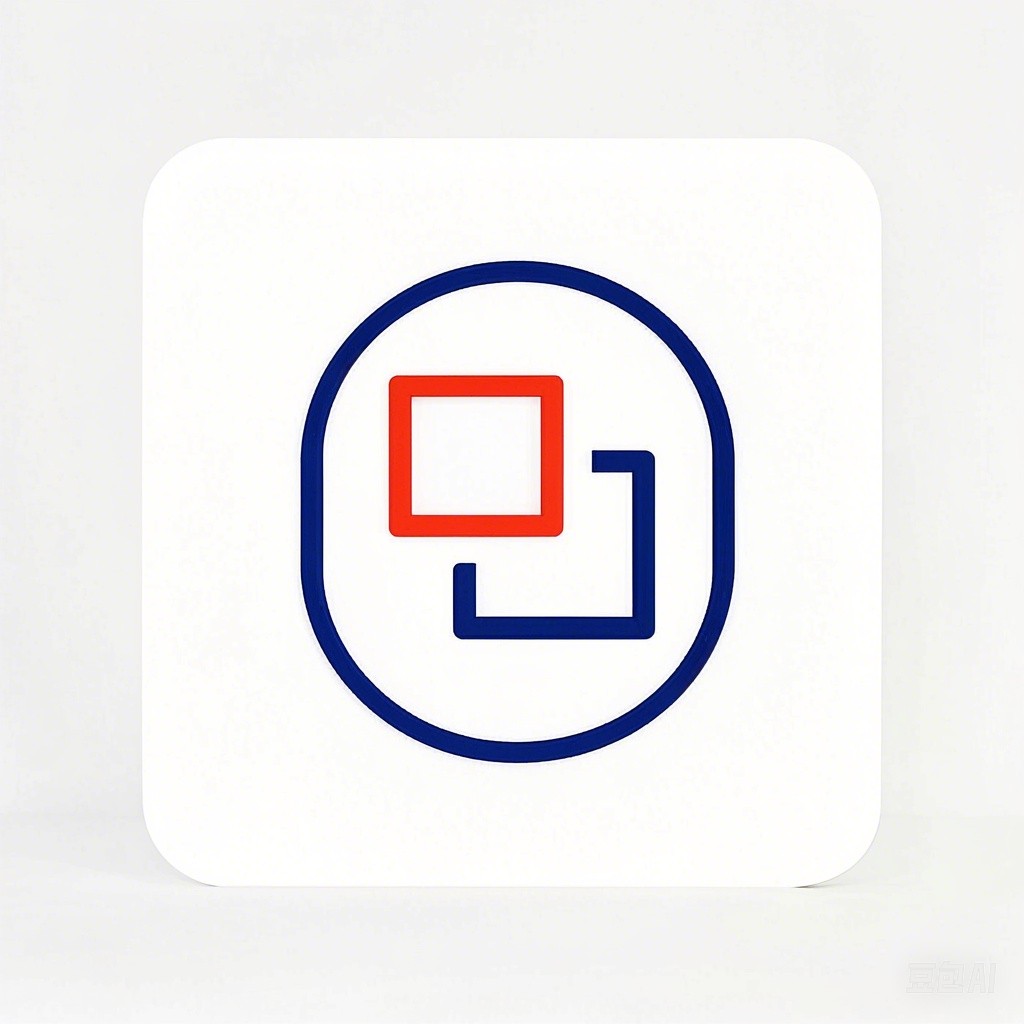引言
随着科技的发展和摄影技术的不断进步,宠物合成摄影成为了宠物主人表达爱意和记录生活的一种新方式。通过巧妙的图像合成技巧,可以将宠物与各种有趣或梦幻的场景相结合,创造出独特的视觉体验。本文将为您揭秘一系列宠物合成摄影的技巧,让您的图片更加生动吸睛。
一、图像选择与预处理
1.1 图像选择
在进行宠物合成摄影之前,首先需要选择合适的宠物照片和背景图像。宠物照片应选择清晰、光线充足、表情自然、姿态优美的照片。背景图像则应选择与宠物特点相符合,且画面内容丰富的场景。
1.2 图像预处理
在将图像导入合成软件之前,需要对图像进行预处理。包括调整亮度、对比度、饱和度等,以使图像更加符合合成需求。此外,还需对图像进行裁剪、旋转等操作,确保图像的尺寸和比例合适。
二、图像合成技巧
2.1 透视合成
透视合成是一种常见的图像合成技巧,通过调整图像的透视关系,使合成后的图片更加自然。以下是一个简单的透视合成示例:
import cv2
import numpy as np
# 加载宠物照片和背景图像
pet_image = cv2.imread('pet.jpg')
background_image = cv2.imread('background.jpg')
# 定义透视变换矩阵
pts1 = np.float32([[0, 0], [width, 0], [0, height], [width, height]])
pts2 = np.float32([[0, 0], [width, 0], [0, height], [width, height]])
# 计算透视变换矩阵
M = cv2.getPerspectiveTransform(pts1, pts2)
# 应用透视变换
transformed_image = cv2.warpPerspective(pet_image, M, (width, height))
# 将变换后的宠物图像合成到背景图像上
output_image = cv2.addWeighted(background_image, 0.7, transformed_image, 0.3, 0)
# 显示和保存合成后的图像
cv2.imshow('Perspective Synthesis', output_image)
cv2.imwrite('perspective_synthesis.jpg', output_image)
2.2 光照效果合成
光照效果合成可以使合成后的图片更具立体感和真实感。以下是一个简单的光照效果合成示例:
import cv2
import numpy as np
# 加载宠物照片和背景图像
pet_image = cv2.imread('pet.jpg')
background_image = cv2.imread('background.jpg')
# 创建光照效果
light_mask = np.zeros_like(pet_image, dtype=np.uint8)
light_mask[:pet_image.shape[0] // 2, :] = 255
# 应用光照效果
light = cv2.seamlessClone(pet_image, background_image, light_mask, (background_image.shape[1] // 2, background_image.shape[0] // 2), cv2.NORMAL_CLONE)
# 将光照效果合成到背景图像上
output_image = cv2.addWeighted(background_image, 0.8, light, 0.2, 0)
# 显示和保存合成后的图像
cv2.imshow('Light Effect Synthesis', output_image)
cv2.imwrite('light_effect_synthesis.jpg', output_image)
2.3 3D合成
3D合成是一种将宠物图像与三维场景结合的技巧,可以创造出更加奇幻的视觉效果。以下是一个简单的3D合成示例:
import cv2
import numpy as np
# 加载宠物照片和三维场景图像
pet_image = cv2.imread('pet.jpg')
scene_image = cv2.imread('scene.jpg')
# 创建三维场景中的宠物图像
pet_in_scene = cv2.resize(pet_image, (int(scene_image.shape[1] * 0.3), int(scene_image.shape[0] * 0.3)))
# 应用仿射变换
pts1 = np.float32([[0, 0], [pet_in_scene.shape[1], 0], [0, pet_in_scene.shape[0]], [pet_in_scene.shape[1], pet_in_scene.shape[0]]])
pts2 = np.float32([[scene_image.shape[1] * 0.3, scene_image.shape[0] * 0.1], [scene_image.shape[1] * 0.7, scene_image.shape[0] * 0.1], [scene_image.shape[1] * 0.3, scene_image.shape[0] * 0.9], [scene_image.shape[1] * 0.7, scene_image.shape[0] * 0.9]])
# 计算仿射变换矩阵
M = cv2.getAffineTransform(pts1, pts2)
# 应用仿射变换
transformed_pet = cv2.warpAffine(pet_in_scene, M, (int(scene_image.shape[1]), int(scene_image.shape[0])))
# 将变换后的宠物图像合成到场景图像上
output_image = cv2.addWeighted(scene_image, 0.8, transformed_pet, 0.2, 0)
# 显示和保存合成后的图像
cv2.imshow('3D Synthesis', output_image)
cv2.imwrite('3d_synthesis.jpg', output_image)
三、总结
通过以上介绍,相信您已经掌握了宠物合成摄影的基本技巧。在实际操作中,可以根据宠物和场景的特点,灵活运用这些技巧,创造出更加生动、吸睛的宠物合成摄影作品。祝您创作愉快!
